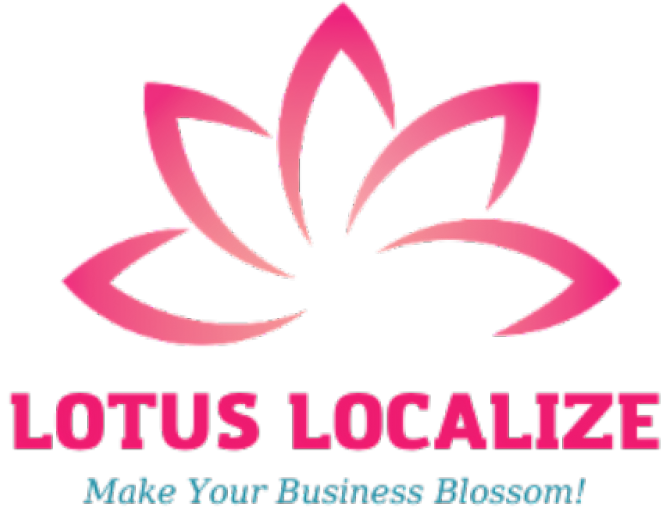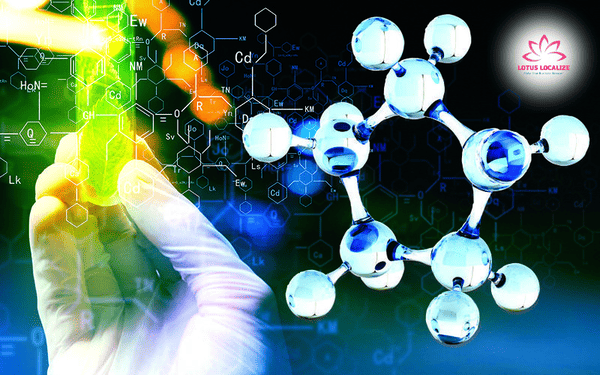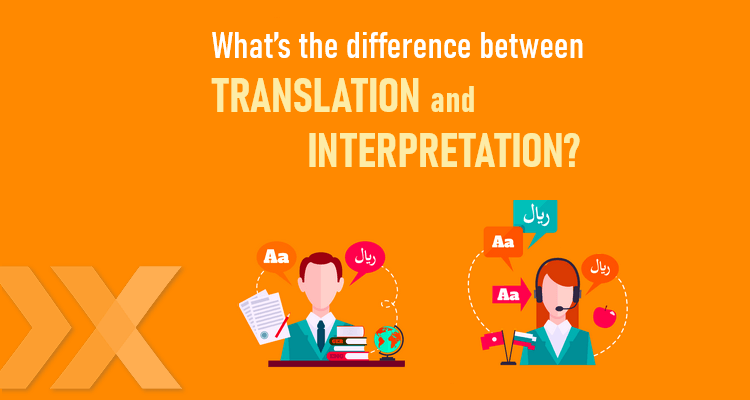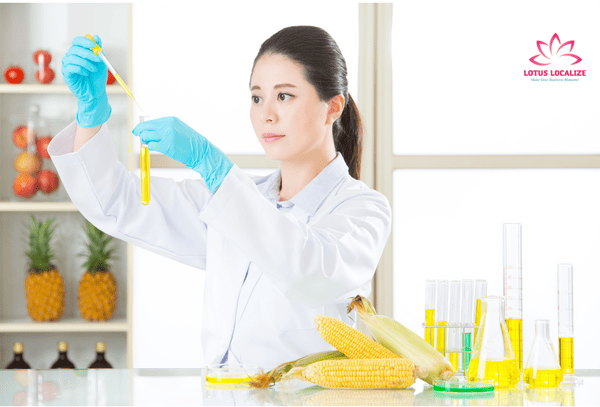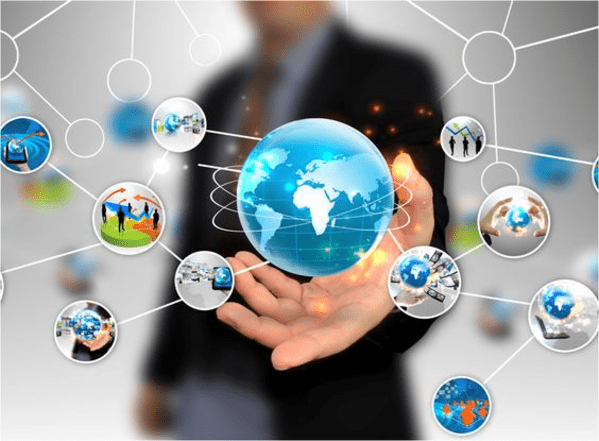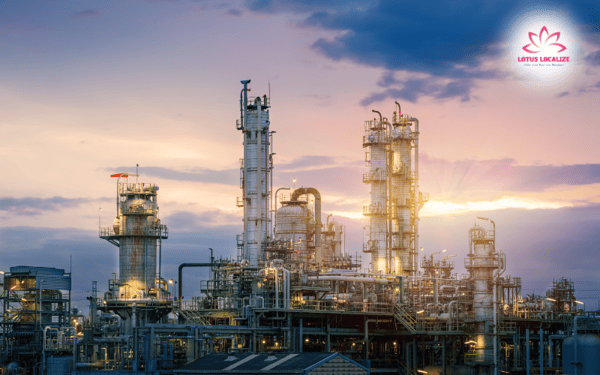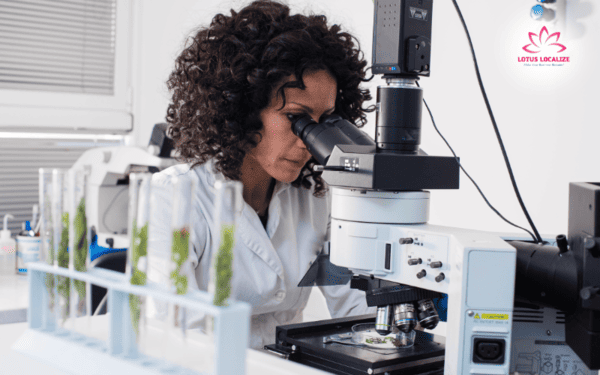
Chemical engineering translation: Bridging science and language for global innovation
In today’s interconnected world, industries such as chemical engineering are no longer confined within national borders. Research collaborations span continents, safety protocols must meet international standards, and chemical products are manufactured and distributed globally. At the heart of this scientific and industrial integration lies an often-overlooked but critical service: chemical engineering translation.
This specialized branch of translation plays a vital role in ensuring accurate and culturally appropriate communication of complex technical information across languages. It is more than just converting words—it’s about preserving scientific integrity, meeting compliance standards, and ultimately protecting lives. In this article, we’ll explore what chemical engineering translation entails, why it matters, and how to ensure its quality in a globalized industry.
What is chemical engineering translation?
Chemical engineering translation refers to the specialized translation of documents, materials, and data related to the chemical engineering field. Unlike general translation, it requires deep understanding not only of the source and target languages but also of the underlying scientific concepts.
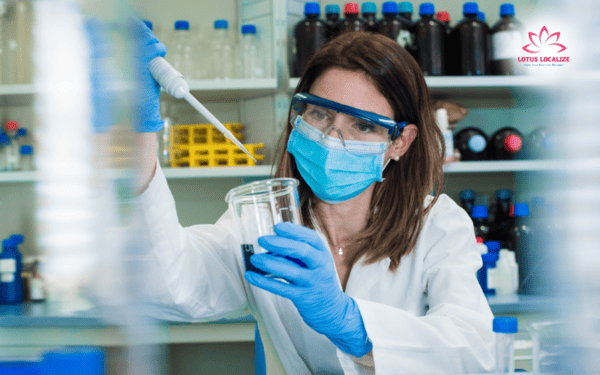
Typical documents that require chemical engineering translation include:
- Safety data sheets (SDS/MSDS)
- Process flow diagrams (PFDs)
- Patents and intellectual property documentation
- Regulatory submissions
- Technical manuals and user guides
- Standard operating procedures (SOPs)
- Environmental impact reports
- Academic publications and research papers
Translators working in this field must be fluent in chemical terminology, industry jargon, and scientific nomenclature in both the source and target languages. A minor mistranslation can lead to safety hazards, regulatory non-compliance, or misinterpretation of critical data.
Read more: Mechanical engineering translation: A complete guide for accuracy and success
Why is chemical engineering translation so important?
As chemical engineering continues to evolve on a global scale, the need for clear, consistent, and accurate communication across languages becomes more pressing than ever. Chemical engineering translation plays a foundational role in enabling cross-border operations, protecting public health, and fostering international innovation. Here are three critical reasons why it holds such importance:
Ensuring safety and regulatory compliance
In chemical engineering, safety is paramount. Misinterpretation of hazard warnings, handling instructions, or emergency response protocols can have life-threatening consequences. Accurate translation ensures that safety standards are upheld across international operations.
Moreover, every country has its own regulations concerning the labeling, transportation, and usage of chemicals. Whether you’re translating REACH compliance documentation for the EU, GHS classification for Asia, or OSHA standards for the U.S., precise terminology and local legal knowledge are essential.
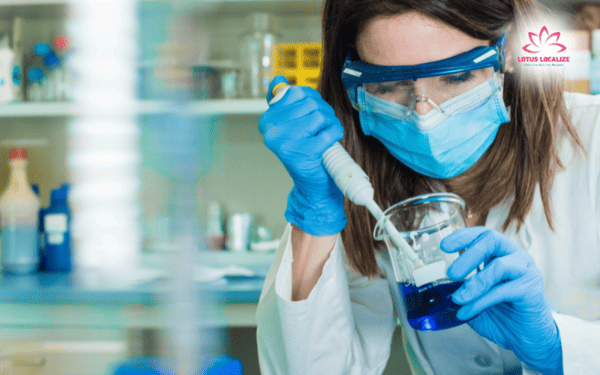
Facilitating global R&D collaboration
Research and development in chemical engineering often involve international teams. Multilingual publications and patent filings must be clear and consistent. Accurate chemical engineering translation supports seamless collaboration, protects intellectual property, and fosters innovation across borders.
Supporting international manufacturing and distribution
From pharmaceuticals to petrochemicals, companies frequently outsource production or distribute products across countries. Technical manuals, packaging labels, and equipment instructions must be localized accurately to ensure efficiency and safety in manufacturing environments worldwide.
In short, chemical engineering translation serves as a critical enabler for global chemical operations. It not only mitigates risks and ensures compliance but also strengthens collaboration and drives innovation across borders.
Key challenges in chemical engineering translation
Translating chemical engineering content is not a simple task. Here are some of the most common challenges:
Complex scientific terminology
Chemical equations, symbols, compound names, and technical descriptions must be handled with utmost care. There is often no room for synonyms or interpretive language. Terms like “anhydrous ammonia” or “stoichiometric coefficient” must be translated with pinpoint accuracy.
Multilingual regulatory standards
Different countries and regions have distinct formats and terminology preferences. A translation that complies with Japanese chemical law may not align with EU REACH requirements. Translators need not only language skills but also up-to-date regulatory knowledge.
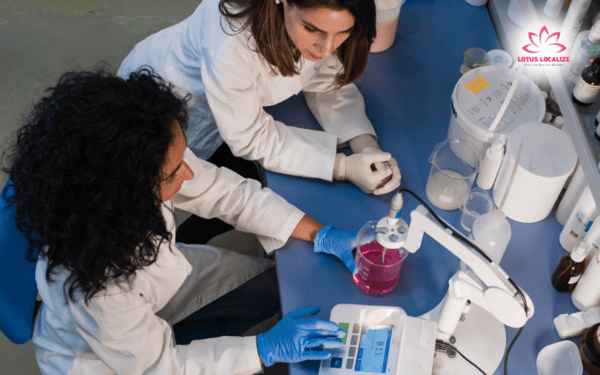
Formatting and notation
Chemical documentation often includes diagrams, formulas, and numerical data that must be preserved or localized. Units of measurement, decimal separators, and formatting conventions vary between cultures and must be adapted accordingly.
Risk of machine translation errors
While machine translation tools have advanced, they often fail to grasp context-specific terminology in scientific texts. Human review is non-negotiable in chemical engineering translation to avoid potentially dangerous errors.
Given these challenges, only highly skilled translators with subject-matter expertise and regulatory awareness can ensure that chemical engineering content is translated both accurately and effectively.
Read more: Why investing in technical translation services is a smart business move
Who should handle chemical engineering translation?
Given its complexity, chemical engineering translation should never be handled by generalist translators. Here’s what to look for when selecting a translator or service provider:
- Scientific background: Ideally, the translator should have a degree or professional experience in chemical engineering or a closely related field.
- Language proficiency: Native-level fluency in the target language and excellent command of the source language are essential.

- Industry certifications: Look for credentials such as ISO 17100 or ATA certification.
- Experience with regulatory documents: Ensure familiarity with local and international regulations.
Choosing the right expert not only ensures accuracy but also protects your business from costly compliance failures and communication breakdowns.
Tools and technologies that support chemical engineering translation
While human expertise is irreplaceable, the right tools can significantly enhance translation quality and efficiency:
CAT tools (computer-assisted translation)
Tools like SDL Trados, MemoQ, and Wordfast help maintain consistency across large projects by storing segments of translated text in a translation memory (TM). This is particularly useful for repetitive technical phrases.
Terminology management systems
Maintaining an up-to-date glossary of terms ensures consistent usage across projects. These tools are vital when multiple translators work on the same client or domain.
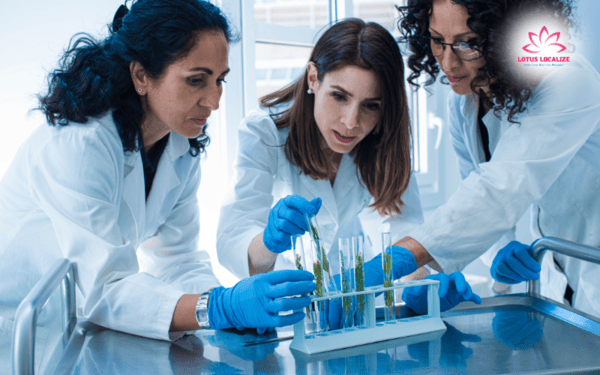
Quality assurance (QA) tools
Software like Xbench or QA Distiller can catch common issues like formatting inconsistencies, missing numbers, or terminology mismatches—especially useful in chemical texts where precision is vital.
AI and machine translation (MT)
Although machine translation has a limited role in chemical engineering due to its risks, AI-powered tools can assist with draft translations or terminology extraction. However, human post-editing is essential to ensure accuracy.
Best practices for clients requiring chemical engineering translation
To get the most out of your translation service, consider these best practices:
- Provide reference materials: glossaries, previous translations, and technical drawings are invaluable.
- Clarify context: is the document for regulatory submission, internal training, or public use?

- Allow time for review: rushed translations are more prone to errors.
- Choose specialization over cost: a low-budget generalist could cause high-budget consequences.
By following these guidelines, clients can significantly improve translation accuracy, streamline workflows, and reduce costly misunderstandings—especially in a highly technical field like chemical engineering.
Future trends in chemical engineering translation
As the world moves toward sustainability, automation, and digitalization, the translation of chemical engineering content will continue to evolve:
- Green chemistry documentation: With stricter environmental laws, chemical translations must adapt to new terminologies and standards.
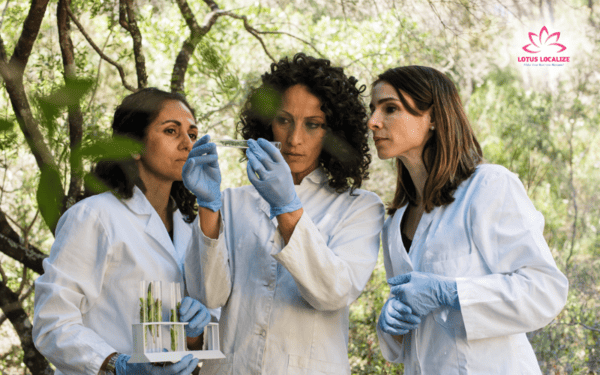
- Integration with digital platforms: Content is shifting from paper to mobile and web apps, increasing the need for localized interfaces.
- Human-in-the-loop translation models: AI-assisted translation with human oversight is becoming more prominent to balance speed and quality.
Staying ahead of these trends will be essential for companies and translators alike to remain competitive, compliant, and effective in a rapidly transforming global industry.
Chemical engineering translation is more than a technical service—it’s a bridge between science and society, safety and success, innovation and accessibility. In a field where precision can mean the difference between safety and disaster, investing in high-quality translation isn’t optional—it’s essential.
Whether you’re expanding to international markets, collaborating across borders, or publishing research for a global audience, the accuracy of your chemical engineering translation can determine your reputation, compliance, and even safety outcomes.
Partner with Lotus Localize for expert chemical engineering translation services that ensure accuracy, compliance, and global success.
If you have any questions or need assistance with document translation services for many industries: life sciences translation, education translation, technology translation, financial translation, marketing translation, manufacturing translation, government translation,… and interpretation services: escort interpreting, simultaneous interpretation, remote interpretation, and localization services: software localization, game localization, app localization,… please contact Lotus Localize immediately at +84 866 224 968 or visit the website: lotus-localize.com for advice on the best solutions!
QUALITY PROMISE
Lotus Localize offers consistent, high-quality service delivery in all customer engagements. Our in-house translators and staff adhere to well-established business processes, allowing us to communicate properly, deliver on time, and surpass client expectations.
